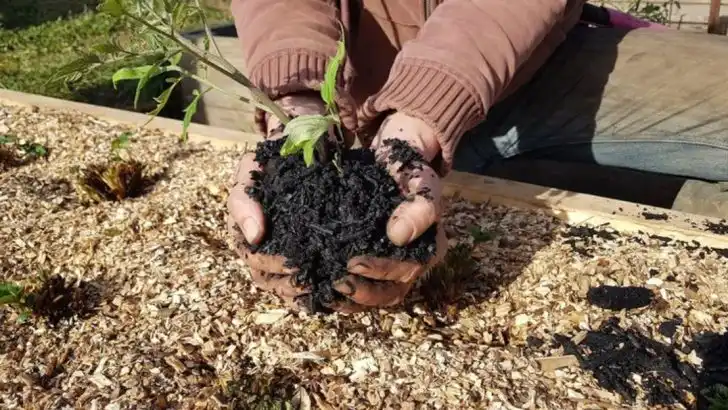Soil health is the foundation of any thriving garden, and some ancient gardening techniques have stood the test of time for a reason. These methods, passed down through generations, focus on natural soil enrichment, enhanced fertility, and sustainable gardening practices.
In this article, we reveal 11 ancient gardening techniques that will boost soil health instantly. From companion planting to mulching and using organic matter, these traditional practices can transform your soil into a thriving, nutrient-rich environment for your plants. If you’re looking for natural, time-tested ways to improve soil quality and garden health, these techniques are a must-try!
Composting
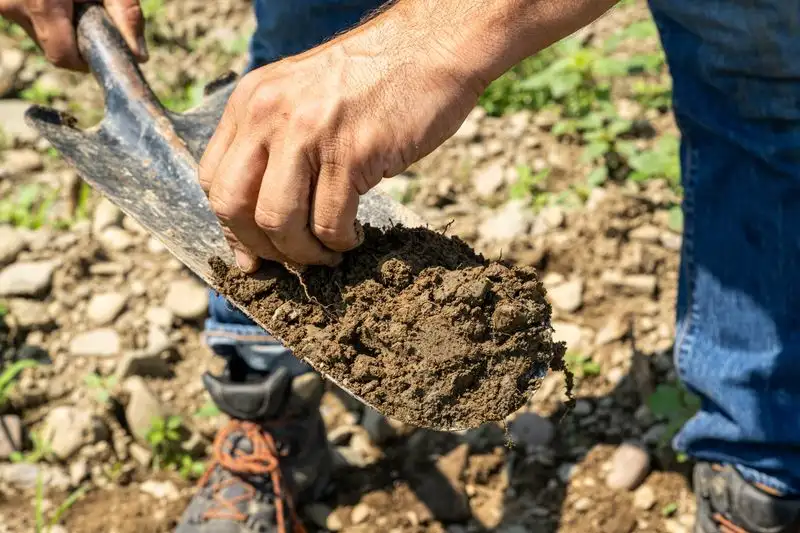
Turning kitchen scraps and garden waste into nutrient-rich compost is an age-old technique that enriches soil. This practice not only diverts waste from landfills but significantly boosts soil fertility. Incorporating compost improves soil structure, enhances moisture retention, and supports beneficial microorganisms. For a thriving garden, consistently add a balanced mix of browns and greens to your compost pile. Keep it moist and aerated for optimal decomposition. Over time, you’ll notice your soil becoming more friable and full of life, ready to support robust plant growth. Composting is a sustainable way to recycle organic matter and energize your soil.
Crop Rotation
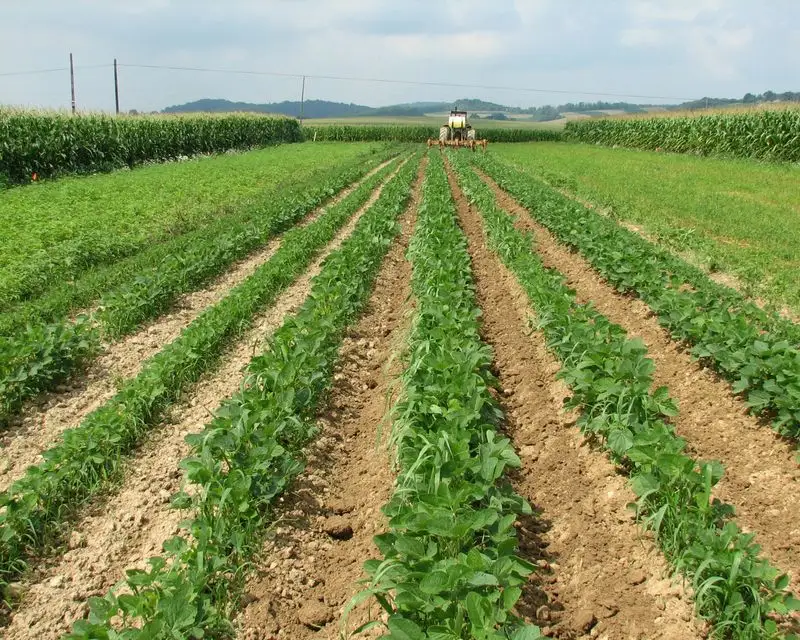
For centuries, farmers have rotated crops to maintain soil balance and health. This practice prevents nutrient depletion, reduces pest buildup, and disrupts disease cycles. By alternating crops with different nutrient needs and root structures, soil remains fertile and resilient. Plan your garden layout to include a variety of crops, changing their positions annually. This simple yet effective technique can lead to a more productive garden with less reliance on chemical fertilizers and pesticides. Crop rotation fosters a diverse ecosystem, promoting natural pest control. The health of your garden improves over time as the soil remains vibrant.
Hügelkultur
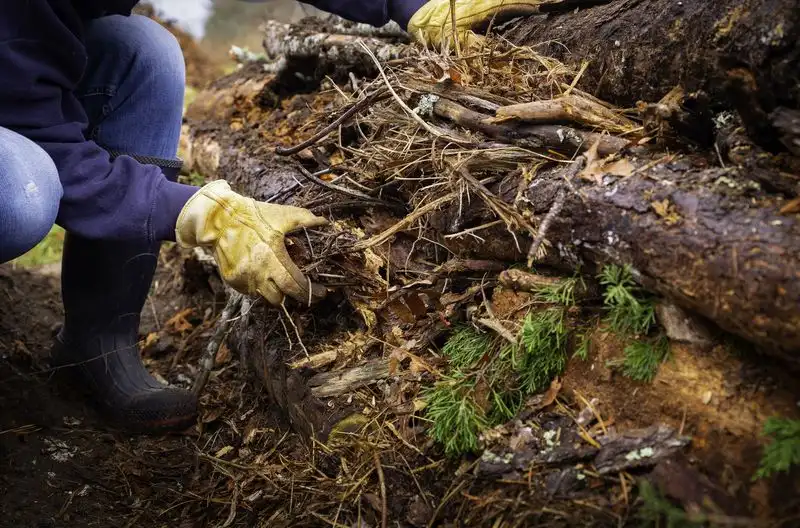
Hügelkultur, a technique originating from Eastern Europe, involves creating mounds using decomposing wood and other organic materials. These mounds act as natural reservoirs, retaining water and nutrients, which are slowly released to plants. This method is particularly beneficial in areas prone to drought, as it reduces the need for frequent watering. To construct a hügelkultur bed, layer logs, branches, leaves, and soil, allowing the pile to settle over time. This technique not only improves soil aeration but also encourages a thriving microbial community. The result is healthier plants and less soil compaction.
Green Manures

Growing cover crops, also known as green manures, is an ancient practice that restores soil nutrients and structure. These crops, such as clover or rye, are grown specifically to be tilled back into the soil. They fix nitrogen, add organic matter, and improve soil texture. Sow green manures during fallow periods to protect and enrich your garden beds. As they decompose, they foster a fertile environment for future plantings. Green manures help control weeds and prevent soil erosion. This technique supports a sustainable gardening cycle, ensuring your soil remains productive and healthy for seasons to come.
Terracing
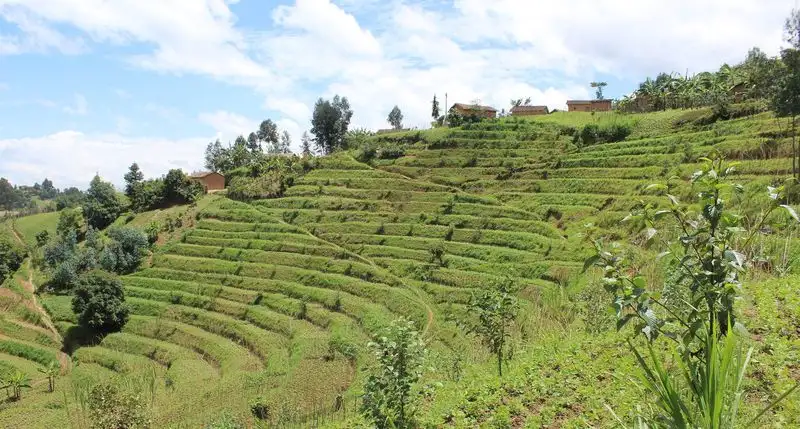
Terracing transforms steep landscapes into productive agricultural zones. By building terraces, gardeners minimize soil erosion and optimize water use. Each terrace acts as a level planting area, capturing rainwater and reducing runoff. This ancient technique, used by cultures worldwide, allows for efficient farming on slopes. Construct terraces using stones, wood, or soil, depending on your landscape and resources. This method enhances the garden’s aesthetic appeal while increasing arable land. With careful planning, terracing can support a variety of crops, from grains to vegetables, making hillside gardening both feasible and rewarding.
Biochar
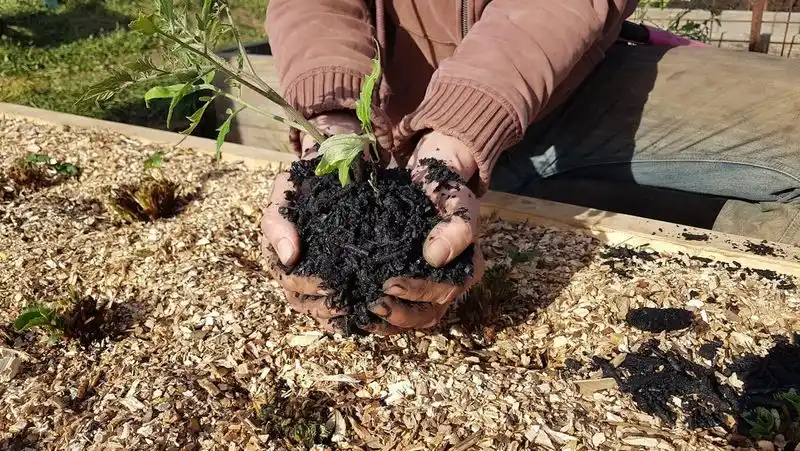
Biochar has been used for millennia to improve soil quality. Created by burning organic material in a low-oxygen environment, it results in a carbon-rich product that enhances soil fertility. Biochar helps retain moisture, increases nutrient availability, and supports beneficial microbes. To use biochar, mix it with compost or soil amendments before adding it to your garden. Its porous structure acts as a habitat for microorganisms, promoting a healthy soil ecosystem. This technique can sustainably sequester carbon, making it an environmentally friendly choice. Regular use of biochar results in healthier, more productive plants.
Companion Planting
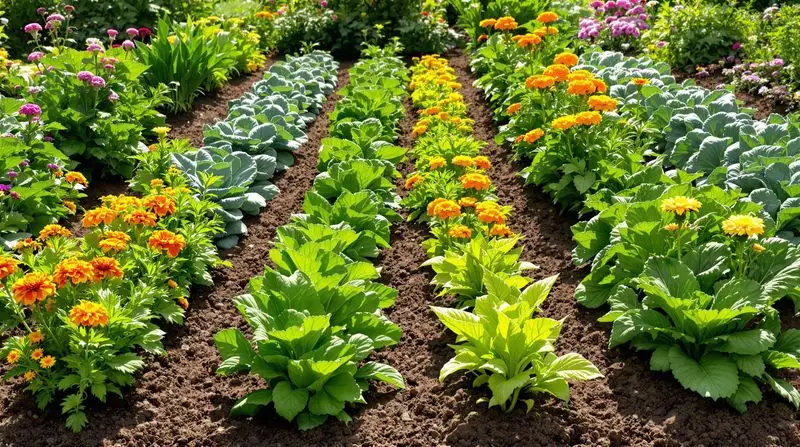
Companion planting involves strategically placing plants to benefit each other, a practice rooted in ancient agriculture. This technique enhances growth, deters pests, and improves soil health. For example, planting basil near tomatoes can boost both flavor and growth while repelling harmful insects. Consider plant compatibility and space requirements when planning your garden. Diverse plantings create a balanced ecosystem, reducing the need for chemical interventions. Companion planting also encourages beneficial insects, promoting pollination and natural pest control. Over time, this method can lead to healthier plants and a more harmonious garden environment.
Mulching
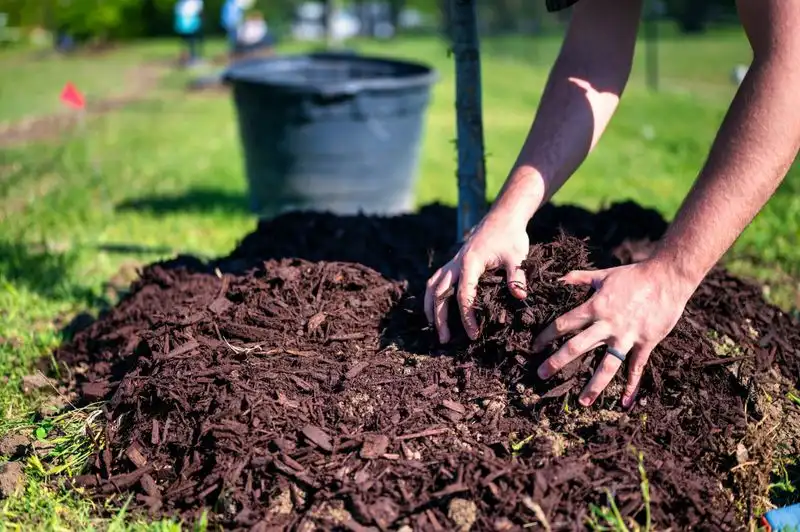
Mulching is a time-tested practice that offers numerous benefits for soil health. By covering the soil with organic materials like straw or wood chips, you can retain moisture, suppress weeds, and regulate soil temperature. Mulch breaks down over time, adding organic matter and nutrients back into the soil. Choose materials that suit your garden’s needs, and apply a thick layer around plants and over bare soil. Regular mulching reduces erosion and prevents nutrient leaching. This method creates a thriving environment for beneficial organisms, promoting a resilient garden ecosystem and protecting soil health.
Double Digging
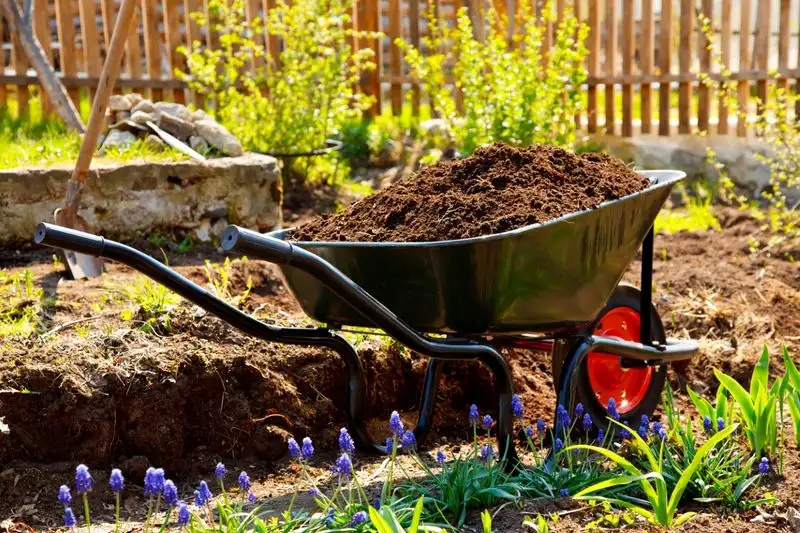
Double digging is a traditional technique that involves manually turning over soil to a depth of two spade lengths. This process aerates the ground and breaks up compacted soil layers, promoting better root growth and water infiltration. While labor-intensive, it significantly enhances soil structure and fertility. Begin by removing the topsoil and loosening the subsoil, then replace the top layer. Double digging is best done periodically, as it can improve drainage and increase microbial activity. This technique is especially useful in preparing new garden beds, ensuring they are primed for successful planting.
Biodynamic Preparations
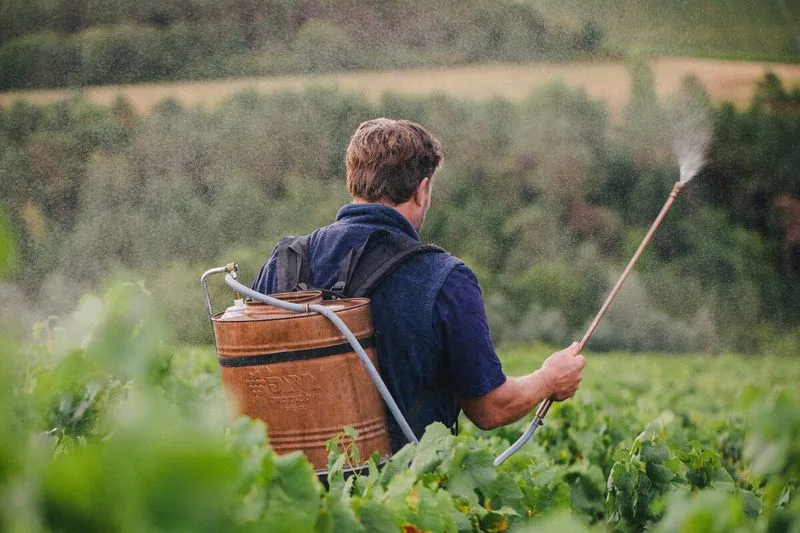
Biodynamic gardening combines traditional practices with a holistic approach to soil health. Using specific preparations made from fermented herbs and minerals, gardeners enhance soil fertility and plant vitality. These preparations are applied according to lunar cycles, reflecting a deep connection with nature’s rhythms. Biodynamic methods encourage diverse ecosystems and healthy, resilient plants. To start, research and prepare these unique solutions, then integrate them into your gardening routine. While unconventional, biodynamic gardening offers a spiritual dimension to cultivation, fostering a harmonious relationship between plants, soil, and cosmic influences. This enriched perspective benefits soil health remarkably.
Aquaponics
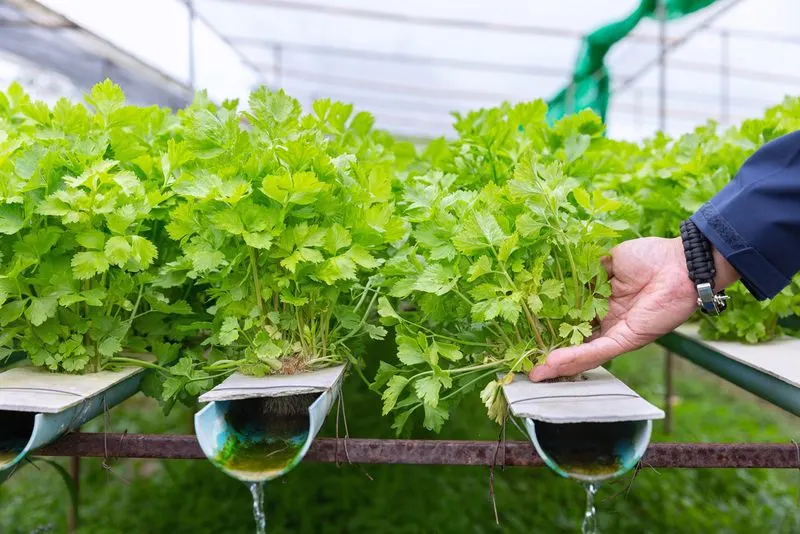
Aquaponics is the fusion of aquaculture and hydroponics, a method practiced by ancient civilizations. It involves growing plants in water enriched with nutrients from fish waste. This closed-loop system provides a sustainable way to cultivate vegetables and fish simultaneously. The fish produce waste, which beneficial bacteria convert into nutrients for plants. In turn, the plants help filter the water, creating a balanced ecosystem. Set up involves tanks for fish and beds for plants, requiring careful monitoring of water quality. Aquaponics offers a space-efficient solution for urban gardeners, promoting organic produce and sustainable practices.

